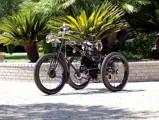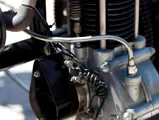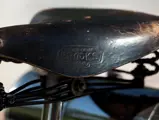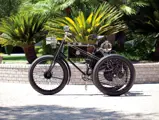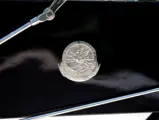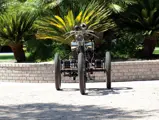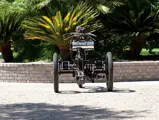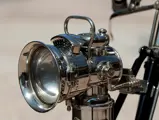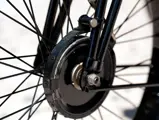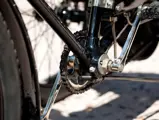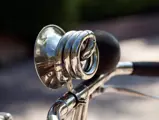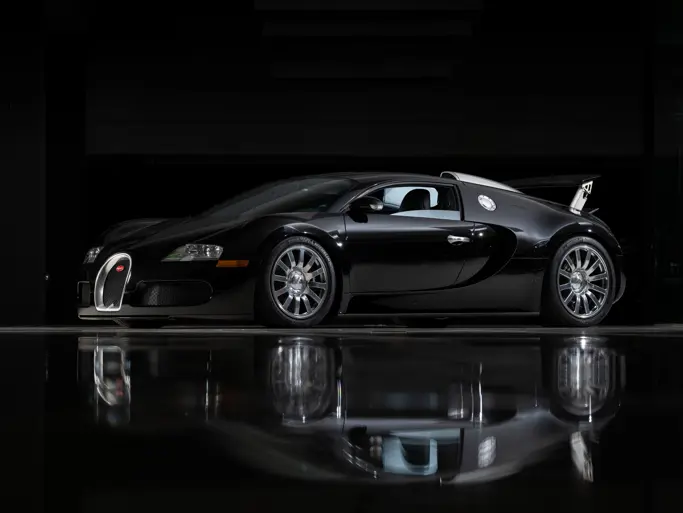Hershey 2012
1899 De Dion-Bouton 2¼ HP Tricycle
{{lr.item.text}}
$71,500 USD | Sold
 | Hershey, Pennsylvania
| Hershey, Pennsylvania
{{internetCurrentBid}}
{{internetTimeLeft}}

2¼ hp, 270 cc air-cooled single-cylinder engine, two-speed gear transmission, and front-wheel brake and rear transmission brake, both from hand levers. Wheelbase: 40 in.
• High quality restoration; ex-William Lassiter
• London to Brighton eligible
• Genuine De Dion tricycle
Count Albert de Dion was born of French noble descent and engineering genes. The historian Griffith Borgeson described him as “clever, amusing, the life of any party, and universally popular…in spite of his ignobly eccentric part-time obsession with nasty steam engines.” The latter resulted in his partnership with Georges Trépardoux and Trépardoux’s brother-in-law Georges Bouton, building steam-powered carriages, and by 1885, they had built several successful machines.
In the early-1890s, however, the Count began to doubt the superiority of steam, and he started experimenting with internal combustion, designing two successful multi-cylinder units. In 1894, he designed a revolutionary single-cylinder engine of 137 cubic centimeters, boasting an electric ignition and a then-amazing speed of 3,000 rpm.
De Dion began building tricycles using his high-speed engines in 1895. They immediately became successful, so much so that others began buying his powerplants and putting them into their own or purchased chassis. Many were built on the “Perfecta” frames of Alexandre Darracq, and some tricycles were converted into quadricycles by replacing the fork with a forecar. In a number of these, a steering wheel replaced the handlebars.
This tricycle, by contrast, is all De Dion, from the engine, frame, and possibly the gearbox. It was restored by UK specialist J. Tennant-Eyles in the early-1990s, and then joined the Bill Lassiter Collection in the United States. Likely eligible for the London to Brighton Veteran Car Run in Britain, its two-speed gearing makes it tractable and maneuverable in traffic, which is necessary when cars reach city streets after exiting Hyde Park. The trikes have a dandy power-to-weight ratio, and one is often the first to finish the run. If there were such an award, this tricycle might win the medal for Most Punctual Arrival at Brighton.

